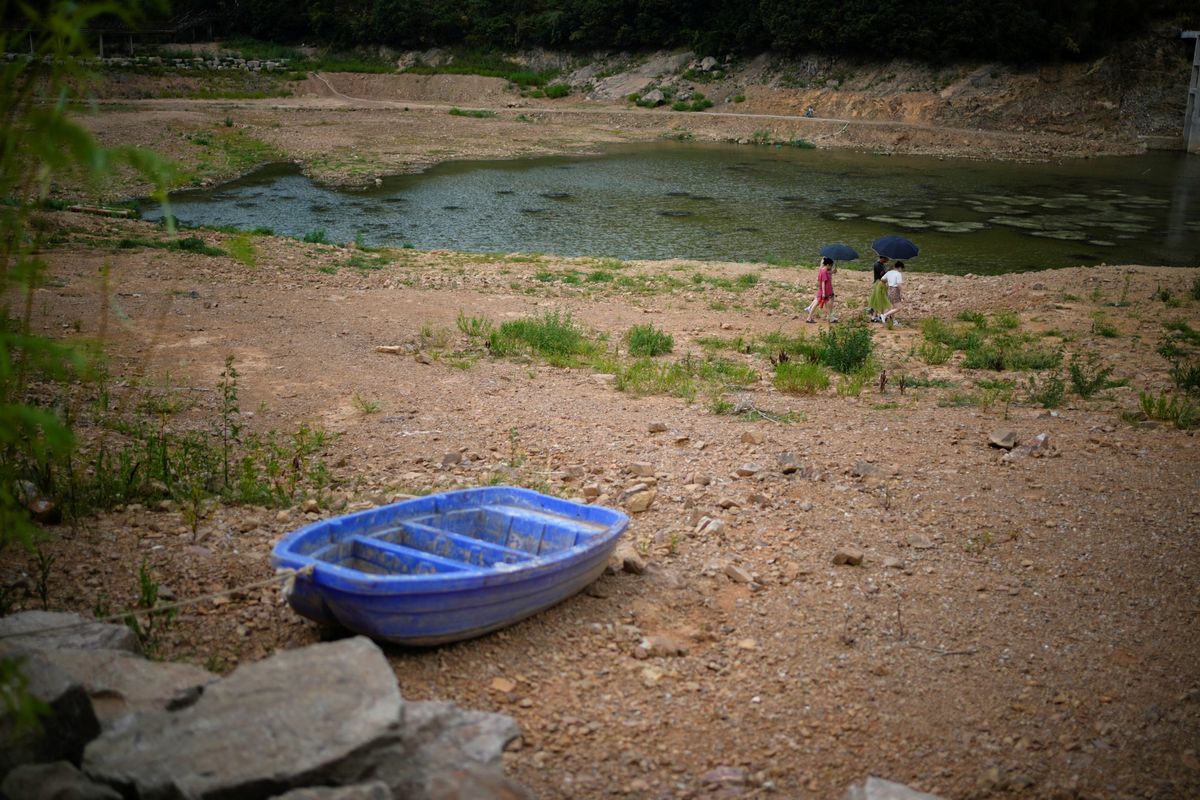China’s record drought and heat wave are forcing the country to look into alternative power sources

A few minutes every morning is all you need.
Stay up to date on the world's Headlines and Human Stories. It's fun, it's factual, it's fluff-free.
For over two months, the southeastern region of China has been undergoing a record-breaking heat wave and drought. Apart from affecting the population’s health and the country’s crops, this weather anomaly is now responsible for an energy crunch. In China, hydroelectricity is the second-biggest power source, so a lack of rainfall poses a big problem. Sichuan, in particular, makes up about 21% of the country’s hydropower and relies on water for more than 82% of its own energy. So, China’s been rationing power and slowing down manufacturing to help deal with this lack of water energy.
Now, to make up for the dwindling supply, the Sichuan region is seeking energy from other areas, and the government is calling on local coal miners to ramp up their output. The Sichuan Coal Industry Group has said it’s working more at night to save power, and it’s more than doubled its thermal coal supply. This isn’t enough to cover the energy gap, but China is consuming more coal now than it did last year. Plus, China has also begun to buy coal from other countries (like Russia). The irony of a climate crisis resulting in more coal usage isn’t lost on us.
Key comments:
“The situation is only going to get better when the weather conditions are eased," BloombergNEF analyst Nannan Kou said in an interview with Bloomberg Television.
“[Current power shortages] could easily be used as an argument to build more coal plants," warned Li Shuo, climate adviser with Greenpeace in Beijing.
According to China’s National Energy Administration, the country will speed up nuclear and hydropower projects, work toward more transmission lines across regions and expand renewable energy sources like wind and solar in an effort to hopefully balance supply and demand in the nation by 2025.




Comments ()